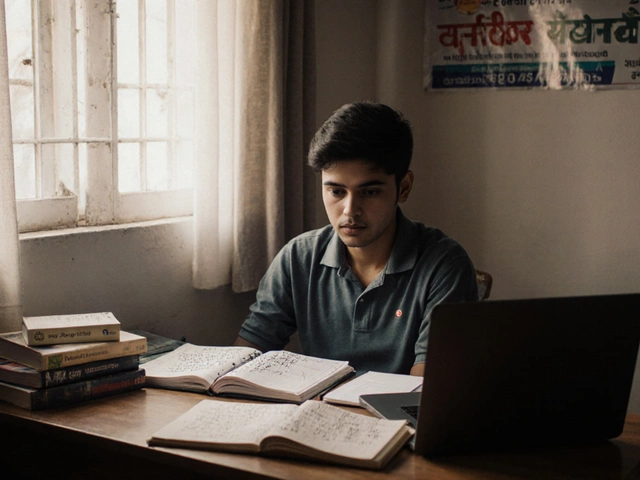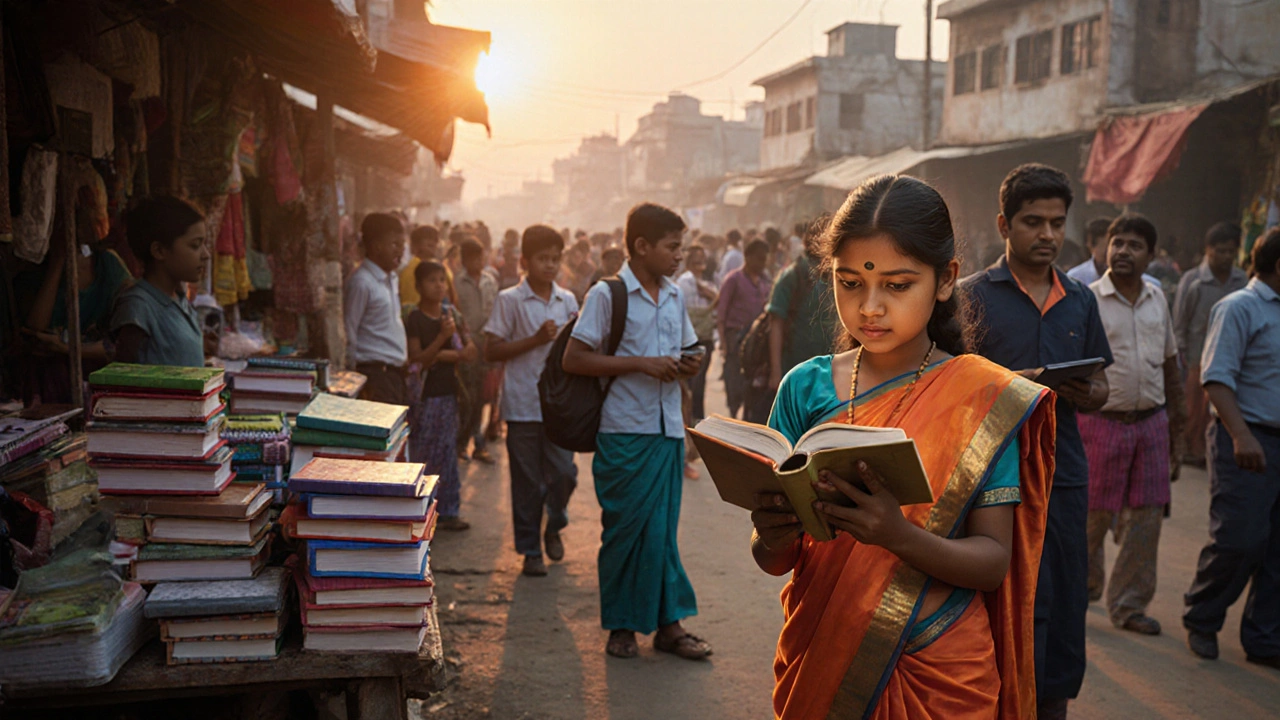Global Literacy Rates: What They Really Mean for Education and Jobs
When we talk about global literacy rates, the percentage of people aged 15 and above who can read and write with understanding. Also known as basic reading and writing proficiency, it’s not just a number—it’s the foundation for everything from getting a job to understanding your rights. Over 770 million adults still can’t read a simple sentence, and most of them live in just a few countries. This isn’t about lack of effort—it’s about access. Schools are missing, teachers are stretched thin, and in rural areas, even getting to a classroom can mean walking miles.
Adult literacy, the ability of people over 15 to read and write, is where the biggest gaps show up. In places like South Asia and Sub-Saharan Africa, women are far more likely than men to be left behind. But it’s not just about gender. It’s about language too. Many children learn in a language they don’t speak at home, making reading feel impossible. That’s why literacy education, structured programs designed to teach reading and writing to those who never had the chance needs to be local, practical, and built around real-life needs—like reading medicine labels, filling out job forms, or understanding contracts.
Global literacy rates don’t just measure schools—they measure opportunity. A person who can read can learn to code, apply for a government job, or understand their health options. That’s why posts here cover everything from how global literacy rates connect to hiring trends in 2025, to why learning English at home matters for international workers, and how vocational training now fills the gaps schools left behind. You’ll find stories of people who learned to read in their 40s and landed better jobs, guides on how to improve language skills without spending a dollar, and breakdowns of how countries like India are pushing literacy through digital tools and community programs.
What you won’t find is fluff. No vague claims about "education for all." Just real data, real stories, and real ways to understand how reading and writing shape lives—from a village in Bihar to a tech worker in Silicon Valley. If you’ve ever wondered why some countries have high literacy but low job growth, or how a 2-year degree can out-earn a bachelor’s in some places, the answers start with literacy. Below, you’ll see exactly how this plays out in careers, exams, and everyday life across the world.
- By Nolan Blackburn
- /
- 26 Oct 2025
India: Is it the world’s most educated country?
Explore whether India ranks as the world's most educated country by comparing literacy, PISA scores, and enrollment data, and see how the CBSE syllabus fits into the picture.





